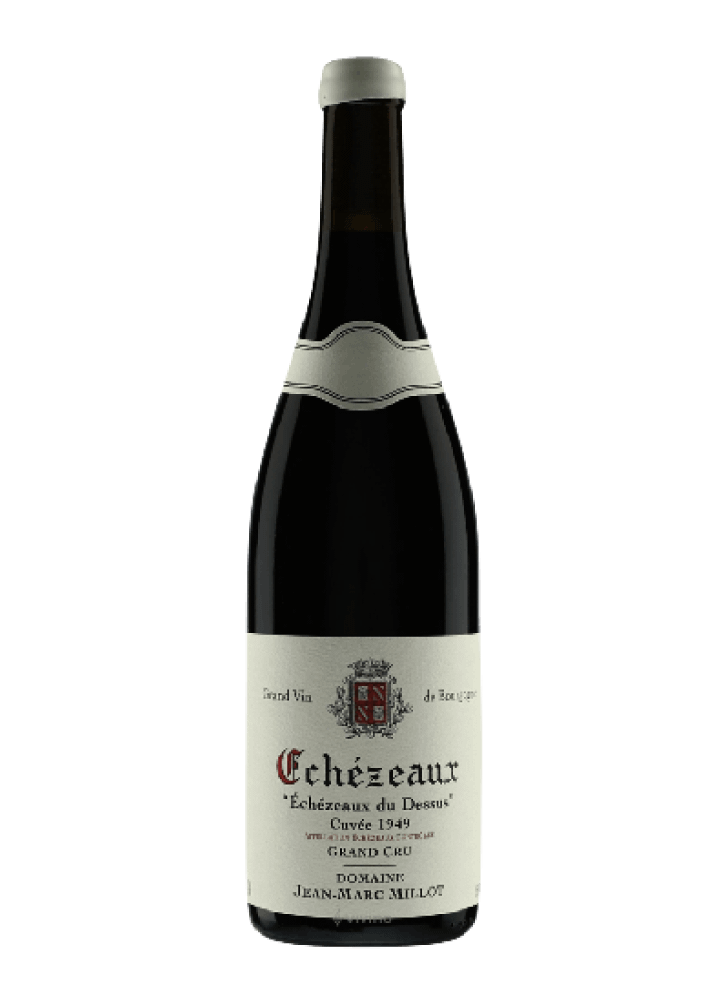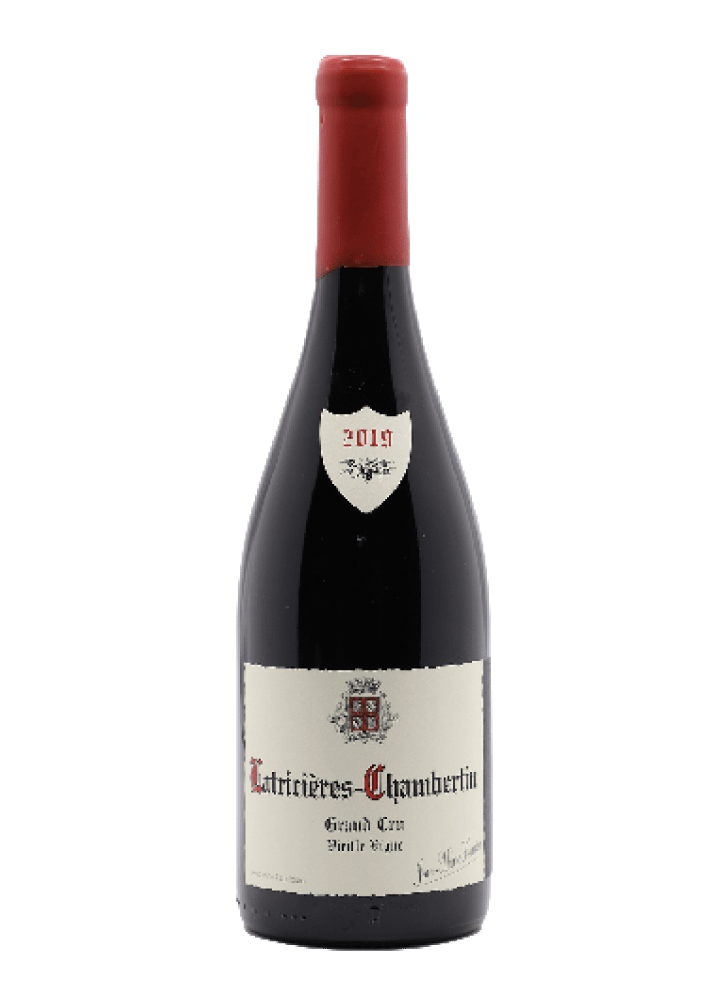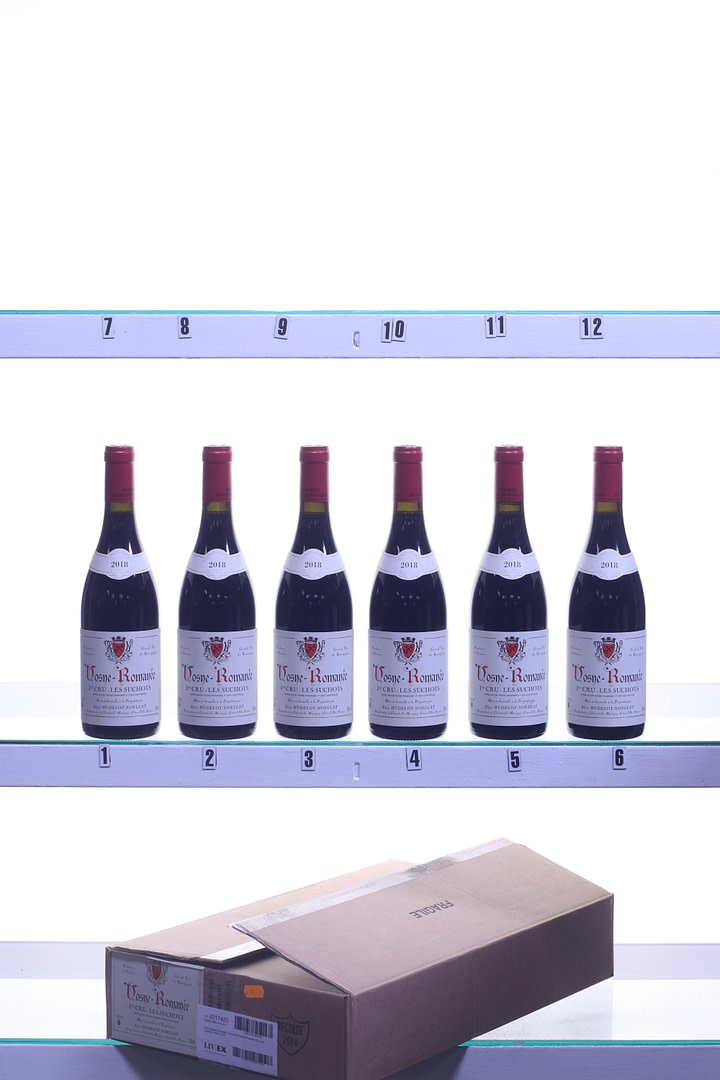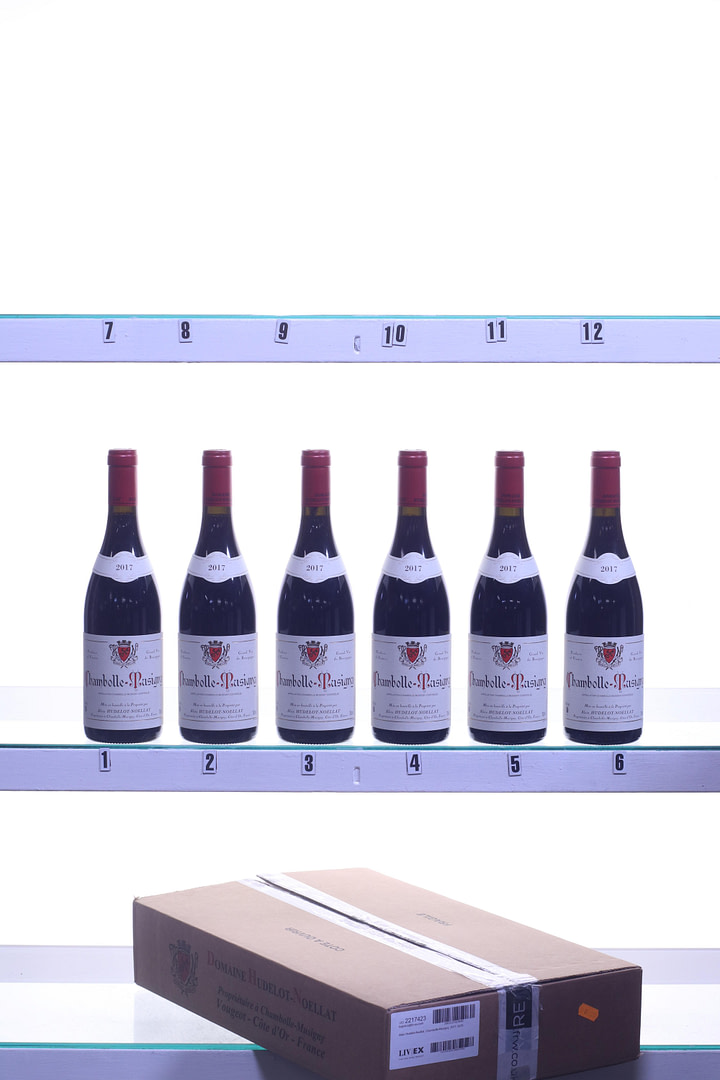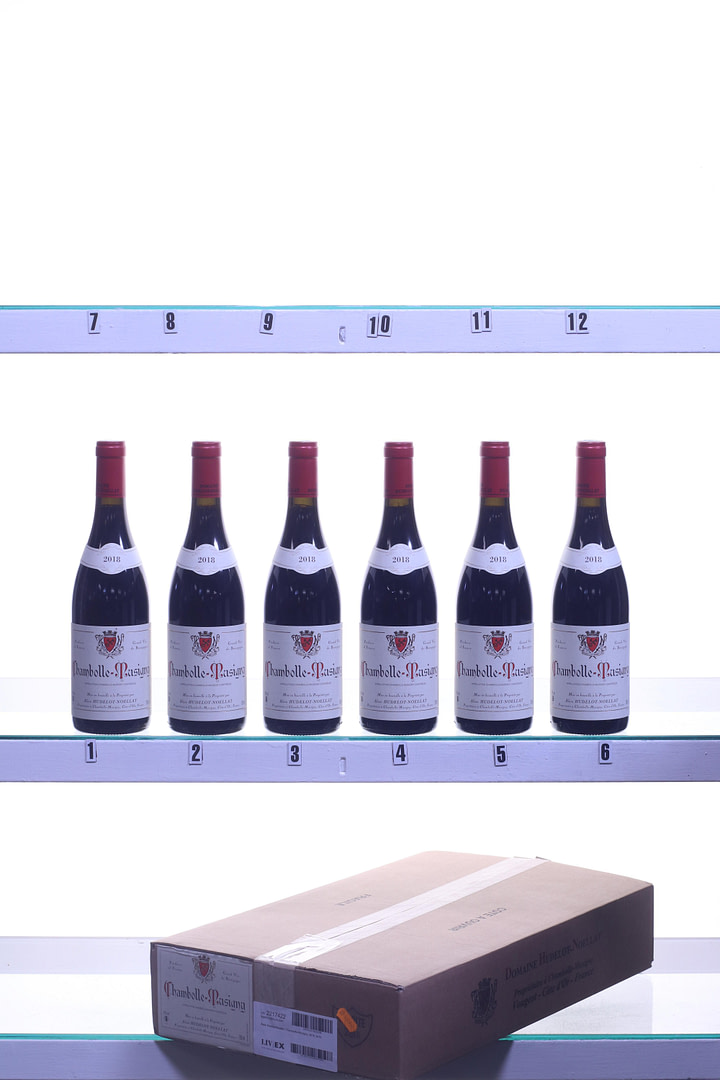Maison Louis Jadot
2019Corton-PougetsGrand Cru Red 750 ml
Score: 92
Tasted: Jun 10, 2022
Drink: 2029+
Issue: 87
Producer note: Technical director Frédéric Barnier, who is always an incredible wealth of information about each vintage, described 2020 as another one with a “hot and very dry growing season. Thankfully, the end of the 2019 winter was wet but it wasn’t cold, and February was basically like springtime. Not surprisingly this resulted in a particularly early budbreak in a moderately wet April. In fact, this is one of the characteristics of the growing season in that everything happened fast except at the end when some maturities were stuck from hydric stress. But if there is one particularity that essentially marked the vintage from beginning to end, it was the extreme dryness as Bourgogne in general had 40% less rainfall than normal and Beaune, as a commune, was down fully 60%! This was accompanied by a level of luminosity rarely seen before and between the two, they created a strangely potent cocktail of one side, the luminosity, driving an almost frenetic growth while the other, the dryness, restraining it. The effects of this weren’t really seen until after the 8th of July where there was almost zero rainfall and literally the only source of moisture beyond what the vines could find underground, was the morning dew. Incredibly, the flowering was very fast and depending on the sector, was finished by either the end of May or the beginning of June. With that said, the two varieties did not comport themselves in the same fashion as there was a fair amount of shatter in pinot but not in chardonnay. There was essentially no disease pressure beyond a bit of oidium. As the season progressed, it became evident that the pinot was notably more advanced than the chardonnay and this was especially true for the véraison. What was interesting is how well the vines adapted because despite the absence of water after the 8th of July, we really didn’t start to see the signs of significant hydric stress until after the 30th. At that point though many vines, especially the younger ones, had exhausted their reserves such that leaves began to fall off and the skins wilted. This was accompanied by the only real heat wave of the growing season, which occurred basically between the 1st and the 10th of August. We had a small rainstorm of about 20 ml on the 20th of August which changed everything as it was just enough of a sip of water to jump start the push for final ripening in many sectors plus it helped stop the wilting. The rain came a bit too late for some of the especially precocious vineyards and it was necessary to harvest what we could, so we began picking on the 19th of August here in Beaune and then attacked the chardonnay and the Côte de Nuits on the 26th while finally finishing on the 3rd of September. Because there was no disease pressure of consequence, the fruit was exceptionally clean though it was necessary to eliminate any wilted, dried or sunburned berries. Yields were all over the place but as a general rule, the reds came in under 30 hl/ha while the whites were better at between 40 and 45 hl/ha. Potential alcohols were also varied with the reds being in the 13.2 to 13.7% range while the whites were more in the 12.8 to 14% area. We did a total cuvaison of around 3 weeks for the pinot with some punching down though in general we were fairly soft with respect to the extractions. This was important because the ratio of solids to liquids was very high and, interestingly, this was true for both colors. As such, there is a relatively high tannin load, which is not all that unusual for pinot but it is for the chardonnay. The malos were varied in terms of the secondary fermentation despite not having much malic acidity, which resulted in pHs of between 3.6 and 3.7 for the reds and around 3.3. for the whites. As to the wines, the whites remind me of a more powerful version of 2014 or a more structured 2017 but in either case, with the same classicism. Lastly, I had the opportunity to taste through quite a number of now in-bottle 2019s, both red and white, and those reviews are included below as well. (Kobrand, Inc., www.kobrandwine.com, NY, USA; Hatch Mansfield Ltd., www.hatchmansfield.com, Uncorked Ltd, www.uncorked.co.uk, both UK).
Tasting note: This is also really quite pretty with relatively high-toned, even perfumed, red berry fruit aromas that are trimmed in just enough earth and sauvage nuances to remind one that this is a Corton. The refinement continues onto the sleekly muscular middle weight flavors that also exude evident minerality on the moderately austere, dusty and slightly warm finale that offers both solid depth and length. This possesses fine development potential and is a wine that’s going to need at least a decade first.
Domaine des Heritiers Louis Jadot, Corton Grand Cru, Les Pougets
US$520 / 每箱價格
Maison Louis Jadot
2019Corton-PougetsGrand Cru Red 750 ml
Score: 92
Tasted: Jun 10, 2022
Drink: 2029+
Issue: 87
Producer note: Technical director Frédéric Barnier, who is always an incredible wealth of information about each vintage, described 2020 as another one with a “hot and very dry growing season. Thankfully, the end of the 2019 winter was wet but it wasn’t cold, and February was basically like springtime. Not surprisingly this resulted in a particularly early budbreak in a moderately wet April. In fact, this is one of the characteristics of the growing season in that everything happened fast except at the end when some maturities were stuck from hydric stress. But if there is one particularity that essentially marked the vintage from beginning to end, it was the extreme dryness as Bourgogne in general had 40% less rainfall than normal and Beaune, as a commune, was down fully 60%! This was accompanied by a level of luminosity rarely seen before and between the two, they created a strangely potent cocktail of one side, the luminosity, driving an almost frenetic growth while the other, the dryness, restraining it. The effects of this weren’t really seen until after the 8th of July where there was almost zero rainfall and literally the only source of moisture beyond what the vines could find underground, was the morning dew. Incredibly, the flowering was very fast and depending on the sector, was finished by either the end of May or the beginning of June. With that said, the two varieties did not comport themselves in the same fashion as there was a fair amount of shatter in pinot but not in chardonnay. There was essentially no disease pressure beyond a bit of oidium. As the season progressed, it became evident that the pinot was notably more advanced than the chardonnay and this was especially true for the véraison. What was interesting is how well the vines adapted because despite the absence of water after the 8th of July, we really didn’t start to see the signs of significant hydric stress until after the 30th. At that point though many vines, especially the younger ones, had exhausted their reserves such that leaves began to fall off and the skins wilted. This was accompanied by the only real heat wave of the growing season, which occurred basically between the 1st and the 10th of August. We had a small rainstorm of about 20 ml on the 20th of August which changed everything as it was just enough of a sip of water to jump start the push for final ripening in many sectors plus it helped stop the wilting. The rain came a bit too late for some of the especially precocious vineyards and it was necessary to harvest what we could, so we began picking on the 19th of August here in Beaune and then attacked the chardonnay and the Côte de Nuits on the 26th while finally finishing on the 3rd of September. Because there was no disease pressure of consequence, the fruit was exceptionally clean though it was necessary to eliminate any wilted, dried or sunburned berries. Yields were all over the place but as a general rule, the reds came in under 30 hl/ha while the whites were better at between 40 and 45 hl/ha. Potential alcohols were also varied with the reds being in the 13.2 to 13.7% range while the whites were more in the 12.8 to 14% area. We did a total cuvaison of around 3 weeks for the pinot with some punching down though in general we were fairly soft with respect to the extractions. This was important because the ratio of solids to liquids was very high and, interestingly, this was true for both colors. As such, there is a relatively high tannin load, which is not all that unusual for pinot but it is for the chardonnay. The malos were varied in terms of the secondary fermentation despite not having much malic acidity, which resulted in pHs of between 3.6 and 3.7 for the reds and around 3.3. for the whites. As to the wines, the whites remind me of a more powerful version of 2014 or a more structured 2017 but in either case, with the same classicism. Lastly, I had the opportunity to taste through quite a number of now in-bottle 2019s, both red and white, and those reviews are included below as well. (Kobrand, Inc., www.kobrandwine.com, NY, USA; Hatch Mansfield Ltd., www.hatchmansfield.com, Uncorked Ltd, www.uncorked.co.uk, both UK).
Tasting note: This is also really quite pretty with relatively high-toned, even perfumed, red berry fruit aromas that are trimmed in just enough earth and sauvage nuances to remind one that this is a Corton. The refinement continues onto the sleekly muscular middle weight flavors that also exude evident minerality on the moderately austere, dusty and slightly warm finale that offers both solid depth and length. This possesses fine development potential and is a wine that’s going to need at least a decade first.


